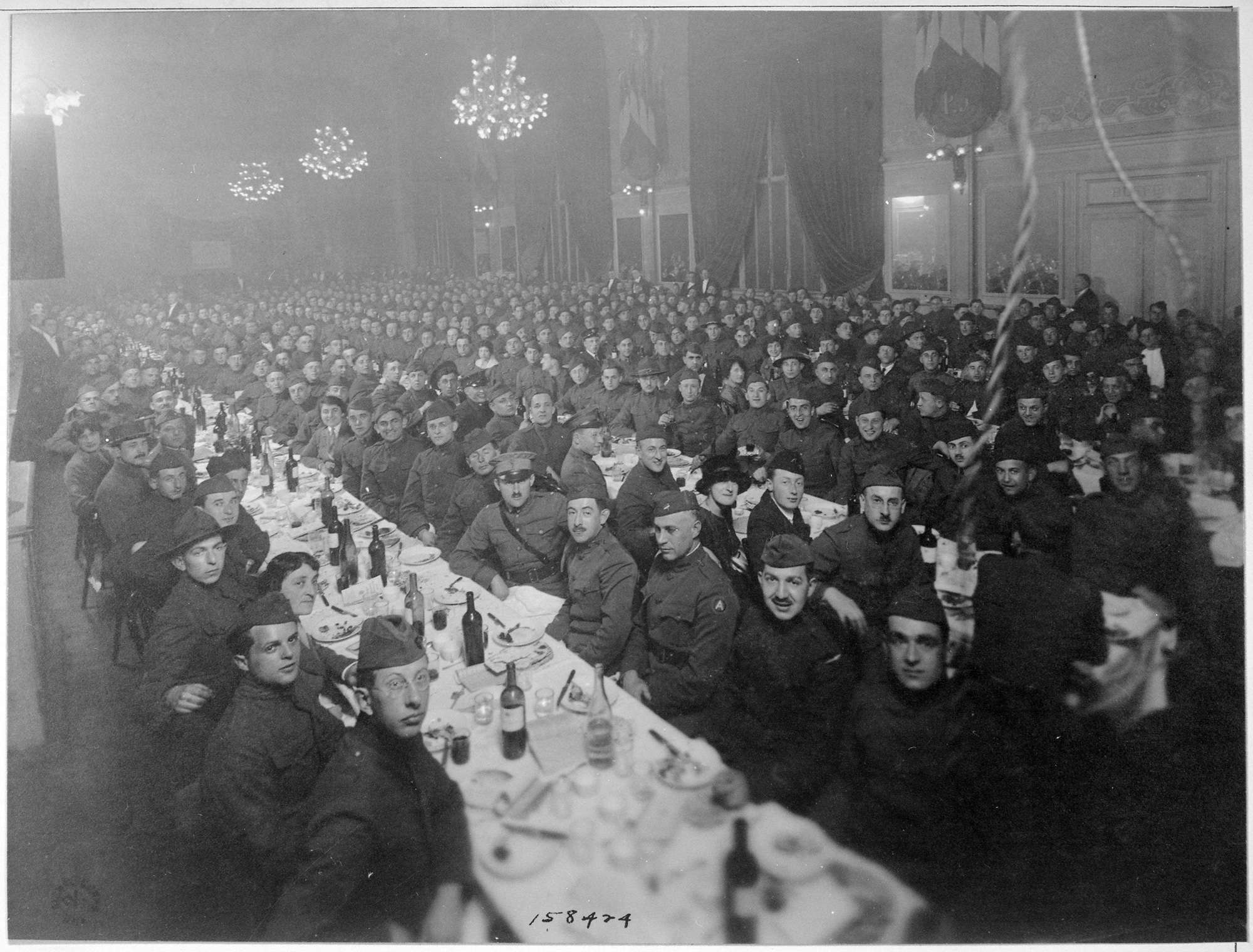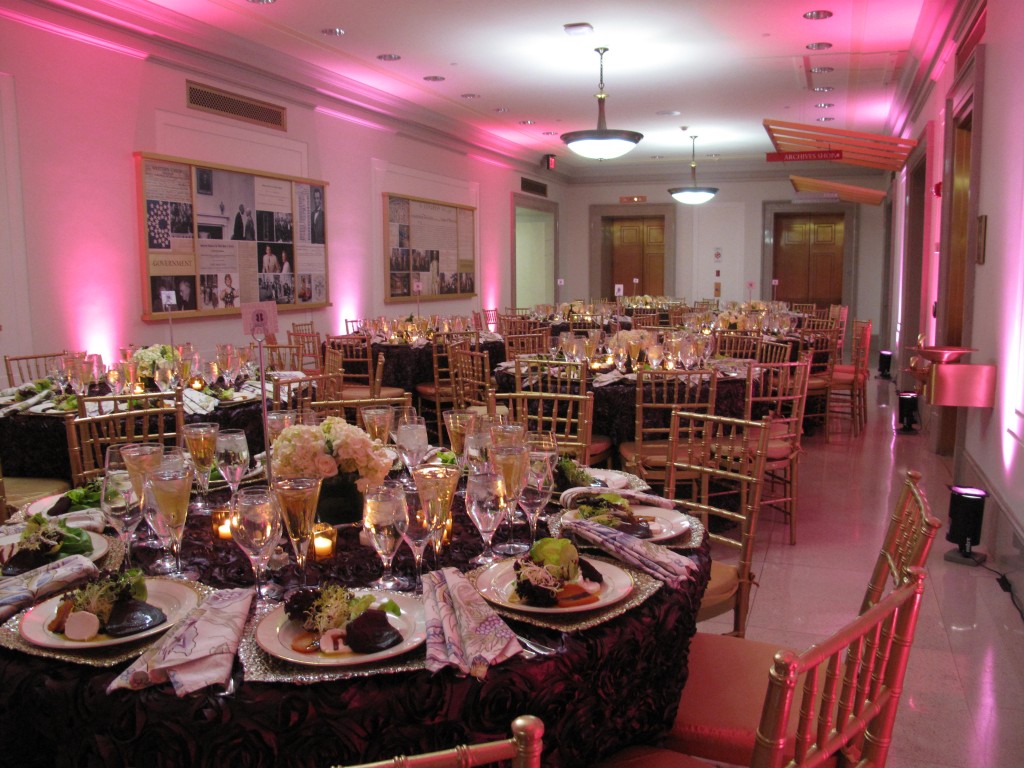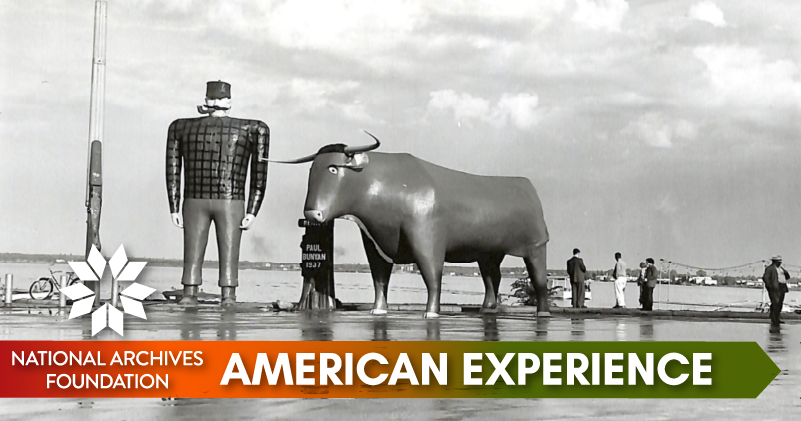Time to Find Out about Your Past


My Aunt Anne was born on Christmas in a small steel mill town on the Ohio River. After graduating high school, she was a telephone operator. Later, she earned bachelor’s and master’s degrees and spent most of her life as a teacher. At family gatherings, her siblings would call her a “free spirit,” and the stories of her adventures made for epic family lore and gut-busting laughs. She loved to jump in the car to travel and explore, and more than once, she drove from Florida to the D.C. area, arriving at our house unannounced.

Beyond her maverick ways, she was the keeper of our family history. For years, she spent hours in small town city halls digging through land records, at churches looking through wedding and congregation lists, at state archives connecting the dots to distant cousins – and at the National Archives looking at military service files and immigration records. This was all done pre-internet and pre-Ancestry.com. For my college graduation, she delivered the final product: a four-inch-thick binder of documentation linking me to relatives who lived centuries ago – and the responsibility to continue to add to it.

The National Archives is the keeper of our nation’s collective story, but it is also central to nearly all of our family stories. This is why the Foundation is launching genealogy-focused content in our newsletters starting this week. We will highlight the depth and breadth of the Archives’ holdings and the various resources that can help you dig into your family heritage.
My Aunt Anne passed away a few weeks ago at the age of 98. She was the last Madden of that generation. We will remember her for many things, but her greatest legacy will be the gift of our family history.

Patrick Madden
Executive Director
National Archives Foundation
Retrace Your (Family’s) Steps

American history is more than the Charters of Freedom documents like the Declaration and Constitution – it’s also the lives and stories of everyday people that have contributed to our country. The Archives doesn’t just hold the records of Presidents or photos of the famous, it also has documents that could lead to new discoveries or an untold family history.

Dick Moses
June 21, 1938

Whether you’re a seasoned researcher or curious about your roots, the Archives has resources for you. In our vast catalogue you’ll find records that can help you make connections to the past, like: naturalization records, land records, military personnel records and more. Because there isn’t always a specific field for names in the Catalogue, you might have to get creative with your searches. But don’t worry – we’ve put together some tips and tricks to help you find what (or who!) you’re looking for.
If you’re more of an audio/visual learner, you can follow along with our “Know Your Roots” Program Coordinator, Andrea Matney, in the video below. Launched just last week, part 2 of this video series walks users through not just the NARA catalogue but also the Archival Database System and Microfilm Catalogue – perfect for a budding genealogist!
Planting Roots for a Family Tree

National Archives Identifier: 7452270
While the Chinese Exclusion Act was in effect, men from the Bengali and Punjab regions of South Asia came to the U.S. as ship laborers, farmers and merchants. South Asian immigrants found a unique place in American society: they could access white spaces in the Jim Crow South and de facto segregated North, but they were still required to live in segregated neighborhoods. As a result, they often married into the Black communities of cities such as New Orleans, Charleston, Savannah, Jacksonville, San Francisco and Detroit, which all had significant South Asian populations beginning in the 1870s.
The children of Black women and South Asian men often became successful and prominent members of society. They carved their own paths as entrepreneurs after coming from a first generation of traveling salesmen.
Even in death, the line between Black and white was blurred for South Asian immigrants. Because they were designated as “white” on government forms, South Asian men (and as a result of their marriage, their Black wives) were permitted to be buried in segregated, white cemeteries. For the 3.4 million individuals that can trace their roots to South Asian immigrants, this has led to fascinating discoveries. Are you looking to do some genealogy research?
Start at the Archives!
Angel Island: The Gateway for AAPI Immigrants

Located in San Francisco Bay, the immigration station on Angel Island was the point of entry for approximately 90% of all Asian-Pacific immigrants to the U.S. in the 30 years it was operational (1910-1940). Most of the immigrants were Chinese who were subject to the Chinese Exclusion laws enacted between 1882 and 1942, but Japanese, Koreans, South Asians, Filipinos, Russians, Latin Americans and an occasional European also sought to enter the U.S. through Angel Island.

Source: DocsTeach
National Archives Identifier: 595673
The EARS Have It
A Web Search Tool for
Investigation Case Files
from the Chinese
Exclusion Era
in NARA’s Prologue Magazine
The Early Arrivals Records Search (EARS)
to see if it appears in a subset of the “Arrival Investigative Files”
Source: UC Berkeley Library
The National Archives—Pacific Region in San Francisco houses approximately 250,000 investigative case files from the Angel Island facility. Some files are quite slim, but others are massive. In 2003, it became possible to search portions of these records via the Early Arrivals Records Search (EARS), a website developed by NARA—San Francisco and the Institute of Business and Economic Research and the Haas School of Business, both at the University of California, Berkeley. EARS has greatly facilitated the work of genealogists and historians seeking to access information in the Angel Island files.
Keeping the Faith

Source: DocsTeach
National Archives Identifier: 531147

Source: DocsTeach
National Archives Identifier: 6417836
In war or peace, on the battlefield or aboard ships, Jewish servicemen and women have observed the rituals of their faith. U.S. military personnel have always found ways to practice their faiths, no matter where they are on the globe. In April 1919, the Jewish Welfare Board hosted a Passover Seder in Paris, France, for Jewish men in the American Expeditionary Forces. In 1985, men on board the USS Dwight D. Eisenhower, a nuclear-powered aircraft carrier, took part in a Passover dinner.
Letters to Obama
Letters to the President: Reflections on Growing Up as Muslim Americans
Source: Obama White House
Every year that he was in office, President Barack Obama and First Lady Michelle Obama celebrated the end of a Ramadan fast by hosting an Iftar dinner at the White House. In 2015, the President released several letters that young Muslim Americans had written to him. While each of the letters spoke of the difficulties they faced as Muslim Americans, they also each spoke of the hope and inspiration they took from President Obama and the example he set in making sure that Americans of all backgrounds were represented and celebrated.





